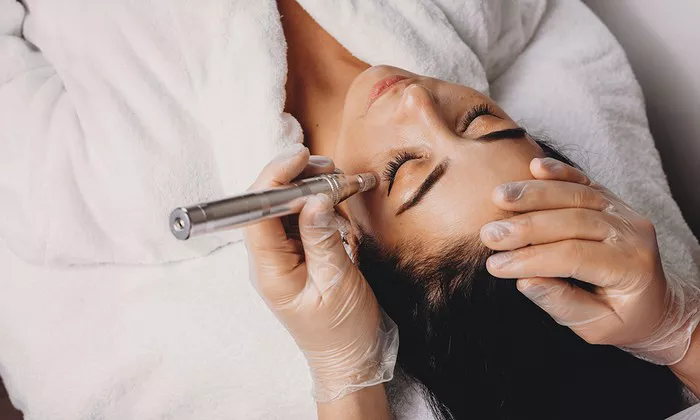Microdermabrasion has become a popular cosmetic procedure for achieving smoother, rejuvenated skin. It offers numerous benefits, from exfoliating dead skin cells to stimulating collagen production. However, like any skincare treatment, its effectiveness can vary based on individual skin characteristics. One critical factor that influences the outcome of microdermabrasion is skin type. In this article, we will explore the different skin types, their compatibility with microdermabrasion, and considerations for individuals seeking this procedure to achieve their desired results.
Understanding Different Skin Types
Before delving into the ideal skin types for microdermabrasion, it’s important to understand the various skin types:
Normal Skin: Normal skin has a balanced oil and moisture content, with a smooth texture and minimal blemishes. It is not overly sensitive and usually responds well to most skincare treatments.
Oily Skin: Oily skin is characterized by excess sebum production, leading to a shiny appearance and a predisposition to acne and enlarged pores.
Dry Skin: Dry skin lacks proper hydration and can feel tight and rough. It may also be prone to flakiness, redness, and fine lines.
Combination Skin: Combination skin features a mix of different skin types, such as an oily T-zone (forehead, nose, and chin) and drier cheeks.
Sensitive Skin: Sensitive skin is easily irritated and prone to redness, itching, and reactions to certain skincare products or environmental factors.
Compatibility of Skin Types with Microdermabrasion
Microdermabrasion can be suitable for a range of skin types, but its effectiveness may vary based on individual characteristics:
Normal Skin: Normal skin generally responds well to microdermabrasion. The procedure can help maintain skin health, improve texture, and enhance overall radiance.
Oily Skin: Oily skin can benefit from microdermabrasion to help control excess oil, refine pores, and prevent acne breakouts. Regular exfoliation can promote a smoother complexion.
Dry Skin: While microdermabrasion can improve skin texture, individuals with dry skin should approach the procedure with caution. Excessive exfoliation can exacerbate dryness, so it’s important to use gentle techniques and hydrating products.
Combination Skin: Microdermabrasion can be applied selectively to address specific concerns in combination skin, such as oily areas or dry patches. Tailoring the treatment to different areas is key.
Sensitive Skin: Individuals with sensitive skin need to be cautious when considering microdermabrasion. The procedure can potentially cause irritation and redness. A patch test or a milder form of exfoliation might be more suitable.
Considerations for Optimal Results
Consultation: Before undergoing microdermabrasion, schedule a consultation with a skincare professional to assess your skin type, concerns, and suitability for the procedure.
Skin Sensitivity: If you have sensitive or reactive skin, discuss your concerns with the practitioner. They can recommend appropriate adjustments to the procedure or alternative treatments.
Frequency: The frequency of microdermabrasion sessions depends on your skin type and goals. While individuals with normal or oily skin might tolerate more frequent sessions, those with dry or sensitive skin should space out treatments to prevent overexfoliation.
Homecare Routine: Following a proper skincare routine before and after microdermabrasion is essential. This includes using gentle cleansers, moisturizers, and sunscreens to protect and nourish the skin.
Sun Protection: After microdermabrasion, your skin will be more sensitive to the sun. Applying broad-spectrum sunscreen daily is crucial to prevent sun damage and maintain the results.
Conclusion
Microdermabrasion can offer remarkable benefits for a variety of skin types, but its compatibility and effectiveness depend on individual characteristics. While normal and oily skin types generally respond well to the procedure, those with dry or sensitive skin should exercise caution and consult with a skincare professional. By tailoring the treatment to your skin type, addressing specific concerns, and following proper pre- and post-care routines, you can maximize the benefits of microdermabrasion and achieve smoother, more radiant skin. Consulting with a licensed dermatologist or skincare expert is an essential step in determining the most suitable approach to microdermabrasion based on your unique skin characteristics and goals.


